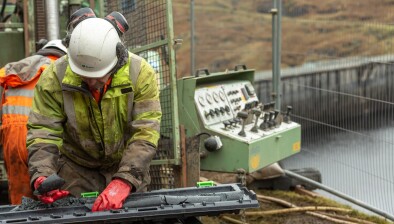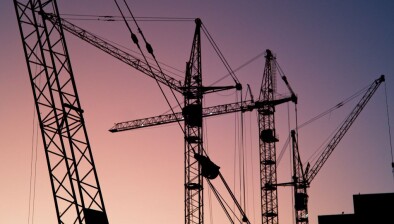UK construction output falls at fastest pace since 2020

UK construction activity continued to decline in October, marking the sharpest fall in over five years.
The latest S&P Global UK Construction PMI dropped to 44.1, down from 46.2 in September, remaining below the neutral 50.0 threshold for the tenth straight month. This represents the longest period of contraction since the 2008–09 financial crisis.
Civil engineering was the weakest-performing sector with an index of 35.4, as firms cited a lack of new projects to replace completed work. Residential activity also fell sharply to 43.6, while commercial building showed relative stability at 46.3.
Falling workloads were linked to sluggish demand, fewer tenders, and delayed project approvals amid ongoing political and economic uncertainty. Employment levels dropped at the fastest rate in more than five years, largely due to firms not replacing voluntary leavers. Input buying also declined steeply, although this helped ease supply chain pressures and slowed cost inflation to its lowest level in a year.
Despite the downturn, business sentiment improved modestly, with 34% of firms expecting higher output in the year ahead. Hopes of lower borrowing costs and stronger demand in areas like energy infrastructure contributed to a slight rise in optimism.
Tim Moore, economics director at S&P Global Market Intelligence, said: “October brought another challenging month for UK construction, with the steepest drop in output since early 2020. Civil engineering and housing saw the biggest contractions, but slower cost inflation and improved supplier performance offered some positives. While confidence remains fragile, expectations have improved slightly thanks to the potential for lower borrowing costs.”
Jordan Smith, regional director at Thomas & Adamson, added: “The sector is still navigating a difficult market, but easing inflation and improving supply chains are encouraging signs. If supported by the right economic and policy measures, construction could regain momentum as we head into 2026.”
Brian Smith, head of cost management at AECOM, said: “High interest rates and stalled projects continue to weigh heavily, but there’s still a chance to avoid deeper decline. Turning recent planning reforms into real-world action—supported by digital tools, AI, and stronger public–private partnerships—will be key to reviving progress and making infrastructure funding go further.”
















